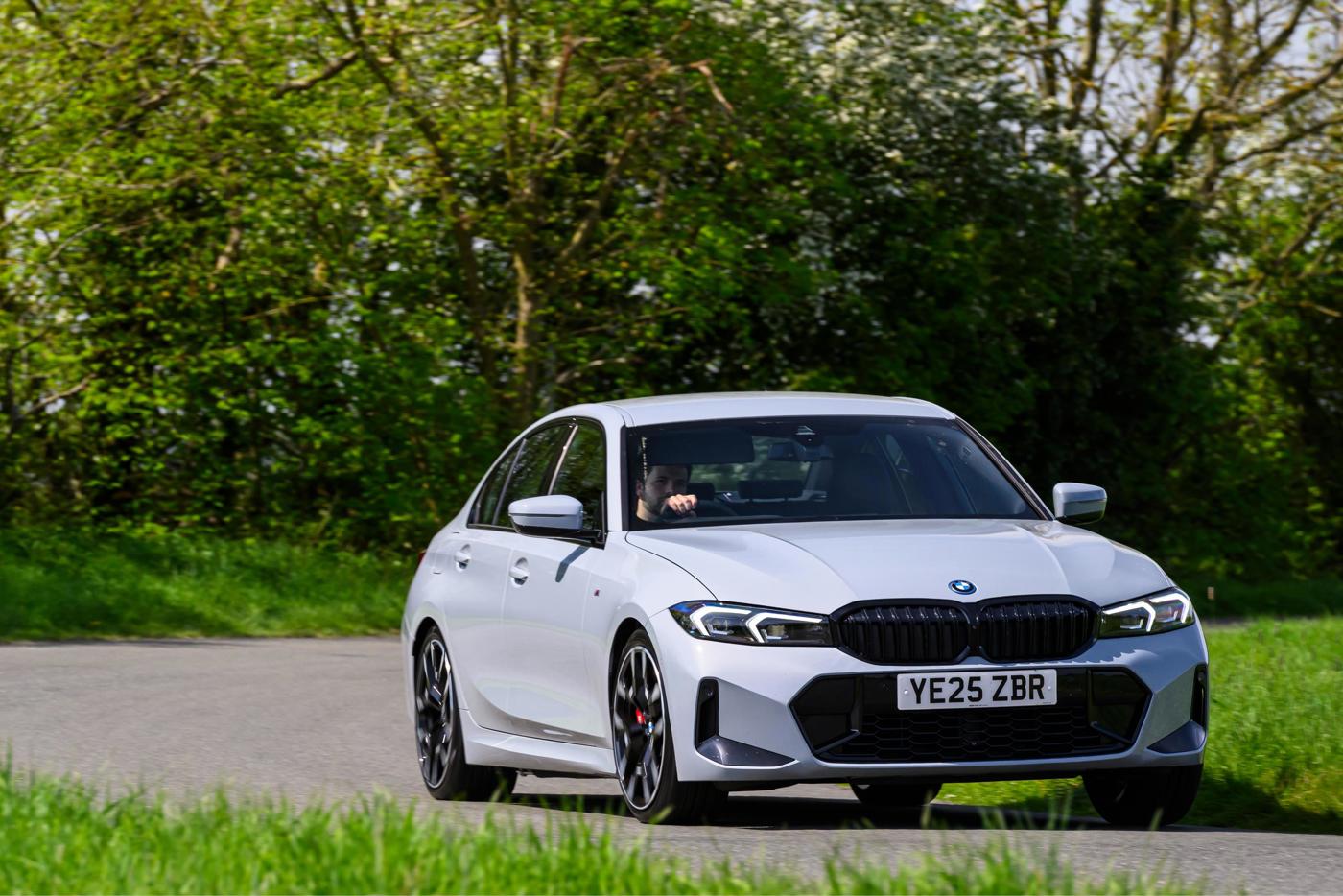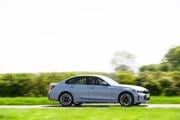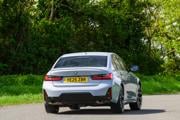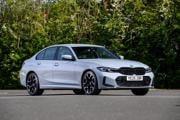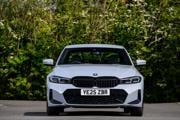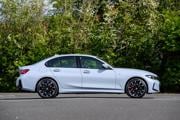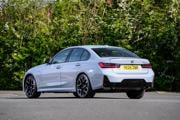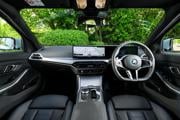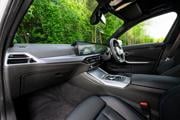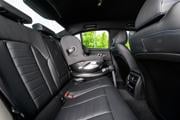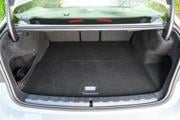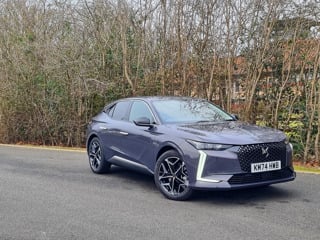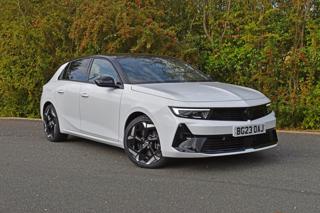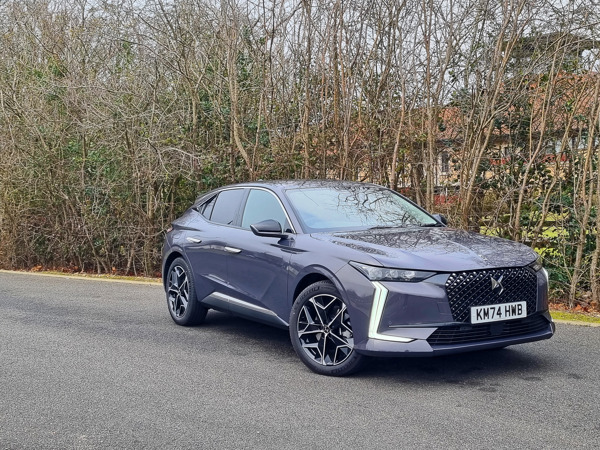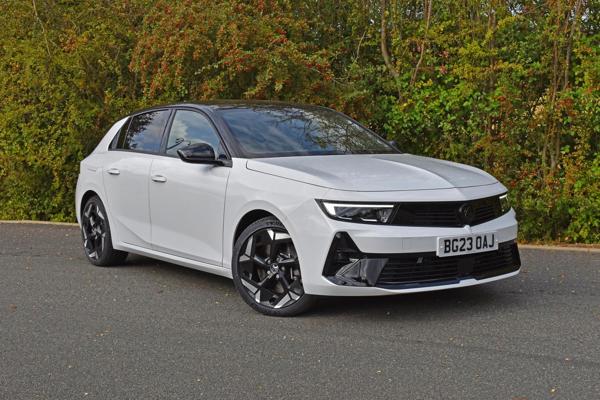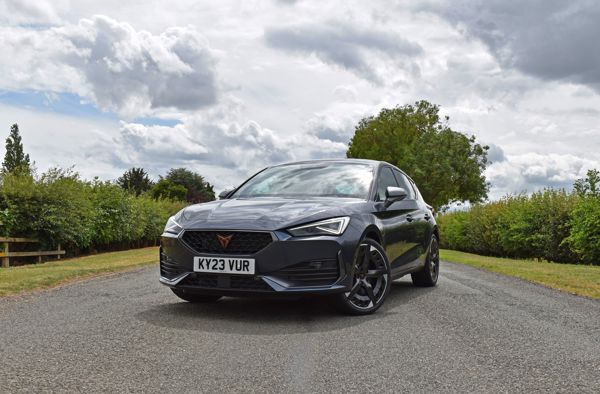Review
BMW’s 330e continues to be one of the most sought-after company cars, even though it’s now outsold by the fully-electric i4.
The 3 Series, in any guise, is a fabulous compact executive. It’s the best in the business. And even when the plug-in hybrid 330e was not the most sensible choice, on paper, company car drivers still chose them in droves.
What makes the 330e such a compelling choice? Well, it’s an excellent car to drive. We’re not just talking about throwing it around corners, either. Motorway manners are excellent. It’s as quiet at 40mph as it is at 70. Stability is good too. It might be a small car by modern standards, but the 3 Series still feels robust and assured at speed.
Just read our long-term test review, to find out why it makes such a great company car choice.
In a recent update to the 330e, BMW fitted a new battery with a larger capacity. The 19.5kWh (useable) unit boosts range from under 40 miles to 63. It means the 330e now sits in the more palatable 9% benefit-in-kind (BiK) tax band. Company car drivers will therefore pay around £70 per month if they choose a 330e.
The larger battery has also improved real world fuel economy, as the car can make more use of electric power on longer journeys.
It makes the 330e the eco-champion of the 3 Series range. Of course, there’s no diesel option anymore. But even if there was, the 330e would still comfortably beat it at the pumps.
We spent a week testing the new 330e and were mesmerised at how little fuel it consumes. On one 150-mile journey – comfortably outside the car’s proposed electric range – it returned 85mpg and still had a few miles of electric range remaining. You simply enter your destination into the sat-nav, select the ‘hybrid’ drive mode and it works everything out for you.
In a separate test, we measured the total range possible on a single charge. By driving the car on a mixed route, that included sections of motorway, it managed 55 miles before the ‘electric’ drive mode was no longer available. That’s 55 miles of real world driving on roughly £5 of electricity (based on the current price cap rate).
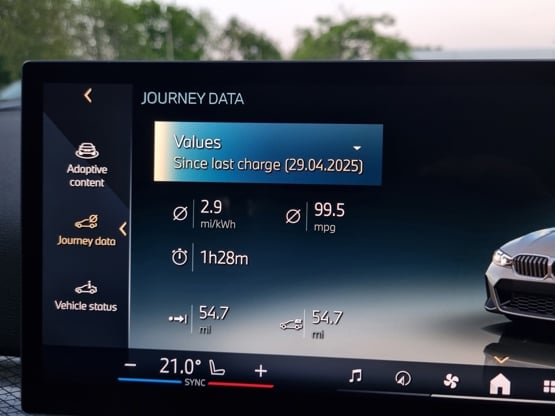
According to the car’s trip computer it managed 2.9mi/kWh, which isn’t quite what you’d get from a full EV like an i4 but it’s still impressive. Especially as the 330e’s electric motor puts out just 109PS, so it needs to work quite hard to reach those motorway speeds.
The car’s total power output is 292PS, with 420nm of torque. It’s just the right amount of grunt to make the car sporty enough without being ridiculous.
Acceleration from 0-62mph take just 5.9 seconds and there’s ample punch in the mid-range for swift overtakes.
In M Sport trim – the one you want – the 330e costs £48,180, making it some £3,600 cheaper than the Mercedes C300e. While the C-Class does sit in an even lower BiK band (6%), the 330e still offers the lowest running costs over a four-year cycle. At less than 50p per mile, it’s a more cost-effective choice than the i4 eDrive35. You can compare the running costs and company car tax rates using the Fleet News Company Car Tax Calculator.
Inside, the 3 Series has a driver-focussed cockpit. You sit low in the car and it’s less spacious than the more common crossover type vehicles, but we wouldn’t say it was cramped.
BMW’s latest iDrive system was introduced, along with some visual tweaks, back in 2022. This brings enhanced connectivity and a revised dashboard design. Climate controls have been removed and integrated into the screen. You can use the rotary controller or the touchscreen to access the menus. Thankfully the system is really fast and easy to operate. A selection of physical switches remain in the centre console by the gear selector. These let you change the drive modes and activate the battery hold function.
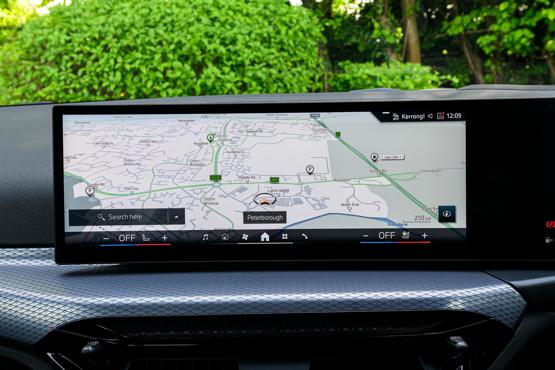
When you open the taps, the 330e’s 2.0-litre turbocharged petrol engine roars into life. The muted engine noted is amplified in the cabin through the speakers, giving a beefier soundtrack. Our test model had adaptive dampers, giving a firmer setup at the touch of a button. Even in comfort mode the 330e errs on the harsh side. It’s OK at higher speeds, but around town it doesn’t glide over bumps as graciously as a 5 Series.
The firmer setup pays dividend on country lanes, where the 330e exudes the handling characteristics of a proper sports saloon. Even with the larger battery in the back, it’s as nimble and poised as you’d expect from a BMW.
When it comes to kit, the standard specification is a little underwhelming. You do get heated seats, LED headlights, electric folding door mirrors, parking sensors and a reversing camera. But lots of ‘goodies’ are optional extras. That includes things like keyless entry, electric seat adjustment, lumbar support, adaptive cruise control and leather upholstery. For almost £50,000 we’d have liked to see a little more kit thrown in.
The other compromise is boot space. The capacity is 375 litres, which is about 100 litres less than you get in a 320i or an i4. That’s because of the battery mounted below the floor. You can, however, also have the 330e in Touring form.
There are lots of reasons to go for a fully electric car, but the BMW 330e proves that internal combustion engines can still have a place. It’s cheap to run, impressively efficient and great to drive. You can travel long distances without charging stops or fatigue, while enjoying the performance benefits that plug-in hybrid technology brings.
Matt has been an automotive journalist for nine years and has driven just about every new car and van that's on sale. As content editor - vehicles he is responsible for the automotive content on Fleet News and also contributes to Automotive Management. Prior to this, Matt worked in the automotive industry for 10 years.


Specs
| Manufacturer | BMW |
| Model | 3 Series Saloon |
| Specification | BMW 3 Series Saloon 330e 22.3 kWh M Sport 4dr Step Auto |
| Model Year | 2024.00 |
| Annual VED (Road tax) | £110 |
| BIK List Price | £48,180 |
| Range | 62.80mile(s) |
| CO2 | 19g/km |
| BIK Percentage | 8% |
| Insurance Group | N/A |
| CC | 1,998 |
| Fuel Type | Petrol Parallel PHEV |
| Vehicle Type | Medium car |
| Luggage capacity (Seats up) | 375litres |
| Doors | 4 |
Running Costs
| P11D | £48,180 |
| Cost per mile | 57.46ppm |
| Residual value | £18,350 |
| Insurance group | N/A |
| Fuel Type | Petrol Parallel PHEV |
| Cost per mile | 201.72ppm |
| Fuel | 1.89ppm |
| Depreciation | 198.85ppm |
| Service maintenance and repair | 0.98ppm |
Rivals
Info at a glance
-
P11D Price
£48,180
-
MPG
353.1 (WLTP) -
CO2 Emissions
19g/km -
BIK %
8% -
Running cost
3 Year 60k : £18,350 4 Year 80k : £15,000 -
Fuel Type
Petrol Parallel PHEV -
Range
62.80mile(s)



